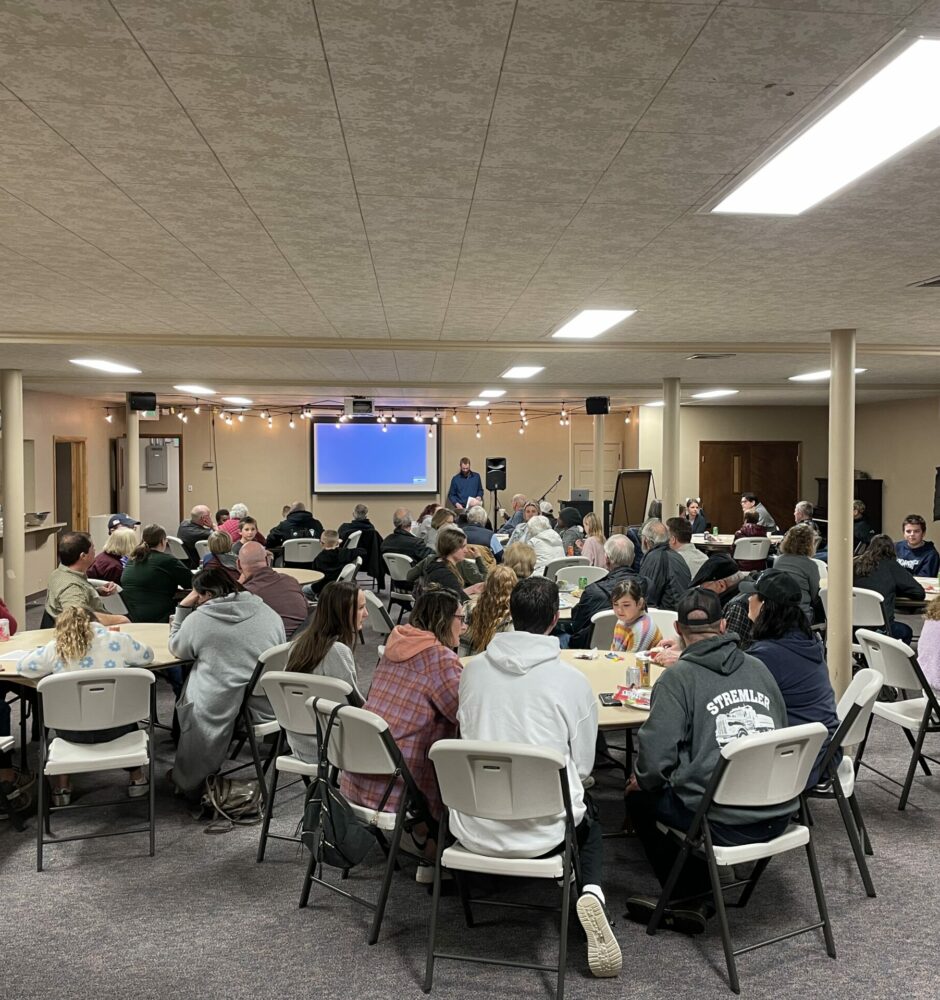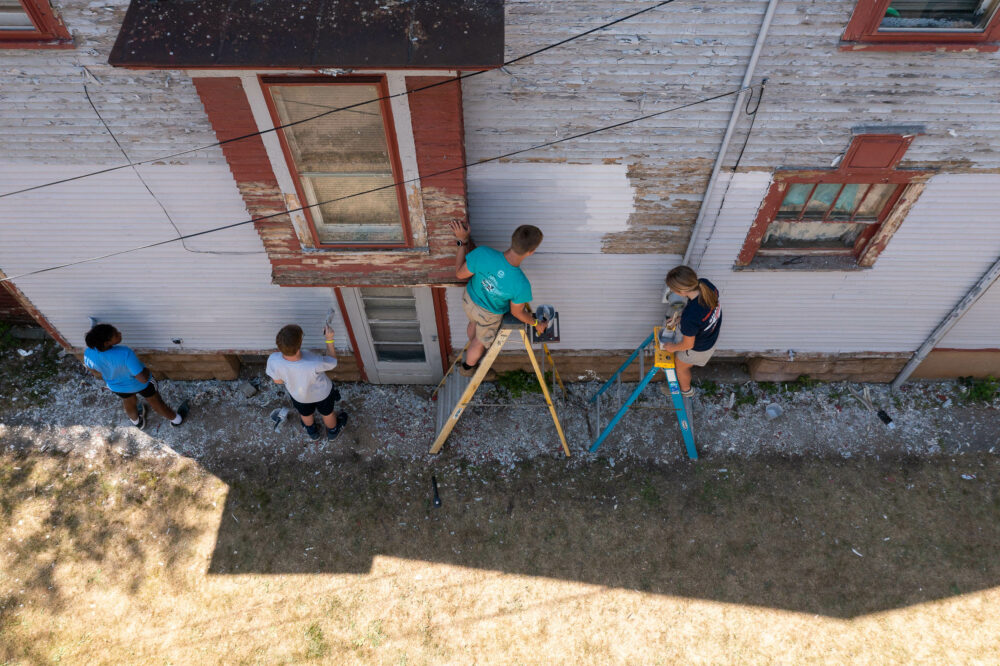For years, I have advocated something taught by futurist Dr. Leonard Sweet. In his book, The Gospel According to Starbucks, he suggests that youth today make up an EPIC Generation: they are Experiential, Participatory, Image-rich and Connected.
I regularly ask faculty members this question: How EPIC is your classroom? I believe the more EPIC we are, the better chances we’ll have of getting through.
Just look at some of the EPIC moves made by major brands recently.
E – Experiential
Last month, Starbucks opened something even more experiential than their typical stores. You could call it: Starbucks on steroids. It’s the Starbucks Reserve Roastery and Tasting Room, a mega-store with specially carved teak doors in Seattle’s Capital Hill. Part-store, part-theatre part made-for-social-media-buzz tourist attraction, this special location stands at 15,000 square feet and could house a dozen typical sister-stores. It’s a factory and a store, mixing glitz with culture: the coffee is actually roasted right on the spot, bagged and shipped all over the world. There are 30 different coffees to be sold there; 45 people can sit at its “coffee experience” (100 can stand); and 250 jobs were created by this new location. In short, coffee drinking takes on a whole new experience.
Question: How can you create an environment that is more experiential as you teach students? How can you develop items that help clarify your message that students can see, touch, taste, smell or hear?
P – Participatory
McDonald’s just announced a new addition as well. Responding to their falling stock prices and shrinking population of young adult customers, the world’s largest fast-food chain will expand its “Create Your Taste” test platform. This allows customers to skip the counter and visit a kiosk where they can customize everything about their hamburger or chicken sandwich—sauces, buns, cheeses, extras, you name it. This is the biggest menu change McDonald’s has made since they introduced breakfast items four decades ago. This year, the platform expands to 2,000 locations across the U.S. Why? Because it gives the customer a chance to customize and personalize their order… just the way we like things today. (It wasn’t long ago that Nike introduced a way for everyone to customize their shoe orders). It makes us feel unique and gives us a greater sense of “ownership” of what we both eat and wear, in a world where we often feel like just a number.
Question: How can you offer a greater sense of “ownership” among your students by allowing them to personalize the subject or the pedagogy of your classroom? Is there any way they can put their fingerprints on the course so that it feels tailored.
I – Image-rich
More and more organizations are getting this one right. Students are part of a visual generation. That doesn’t make them anti-intellectual or simplistic, just iconic. They consume so much information day to day, they are drawn to metaphors in speeches and pictures on screens. And for those of us who communicate important messages, they prefer images. Just a few years ago, we began to see NCAA football programs switching to the use of images to call plays, snap counts and formations. The University of Oregon began doing this under Coach Chip Kelly and continues even to this day. As a result, dozens of other college football teams have switched to this strategy. Pictures communicate more quickly and more memorably than words. In short, images are quick and they stick. Do you suppose what works on a field may just work in a class?
Question: How could you incorporate a metaphor or word picture in your teaching that could anchor the “big idea” you’re trying to relay? Even though you might be sharing lots of complex ideas, could you enter the topic with an image?
C – Connected
Last fall, the new College Football Hall of Fame opened in Atlanta, GA. It’s just spectacular. CEO John Stephenson was kind enough to host a group of us from various NCAA schools, and immediately we recognized how the HOF and museum enabled guests to “connect” with the school, team and people they cared most about. When you enter, you see the helmet of every Division One program in the nation. You then identify the school you favor, and from that point on, wherever you tour in the building, people, plays and games in the exhibits will light up from your school. There are places for visitors to kick a football through the goal posts, do a personal touchdown dance and record it, watch video, sing a fight song… you name it. I guess you could say…the Hall of Fame is EPIC. Most of all, it enables people to connect.
Question: How could you enable students to connect with peers they care about as you teach? Is there a way you could create smaller communities for them to upload their own thoughts and “own” the topic they are learning?
By the way—if you like pondering this kind of creative communication, I’d love to invite you to our 2015 National Leadership Forum. Our theme this year is Communicate Better, and we have an incredible line up speakers and some EPIC moments planned. It will be our best one yet. CLICK HERE for information or to register.
For more information on Tim Elmore and/or Growing Leaders, click here.


